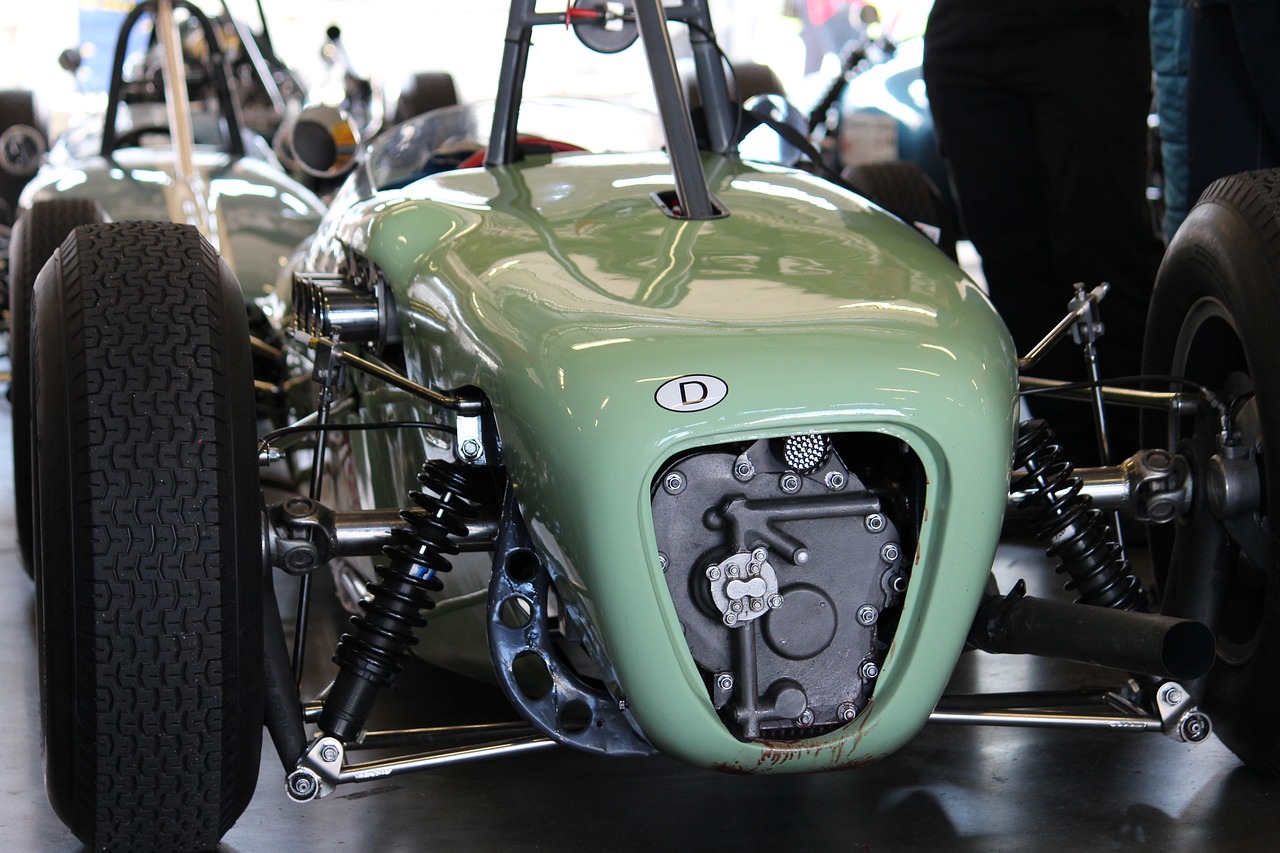Formula One, the pinnacle of motorsport, is a captivating blend of cutting-edge technology, superhuman driving skills, and breathtaking speeds. While the sleek aerodynamics and roaring engines may steal the spotlight, one critical aspect often overlooked is the heart of control and safety – the Formula One brakes. In this blog, we dive deep into the fascinating world of F1 brakes, exploring their design, materials, and the extraordinary challenges they face on the racetrack.
A Masterpiece of Engineering
The braking system in a F1 car is a masterpiece of engineering, designed to provide unrivaled stopping power and exceptional stability. It comprises several key components working in unison. The driver can decelerate at breakneck speeds while maintaining full control.
The brake discs, also known as rotors, are the essential components responsible for generating the friction needed to slow down the car. These discs are usually made of carbon-ceramic composites, chosen for their ability to withstand tremendous heat and maintain structural integrity. This material ensures consistent performance, reduces brake fade, and saves significant weight compared to traditional steel discs.
Brake pads are designed to complement the carbon-ceramic brake discs. They are made of a blend of carbon compounds and other materials, fine-tuned to offer maximum grip and minimize wear on the expensive brake discs. The intense heat generated during braking can cause the pads to wear quickly, necessitating frequent replacements during races.
In recent years, Formula One embraced brake-by-wire technology, enhancing braking precision and control. This system allows the driver’s input on the brake pedal to be converted into electronic signals that regulate the brake pressure applied to each wheel independently. This provides fine-tuned control over braking, optimizing cornering and reducing the risk of wheel lock-ups.
Extreme Conditions on the Track
Races present a unique set of challenges to the braking system due to the high speeds and the demanding nature of the tracks. The brakes must endure extreme conditions and be reliable throughout the race. Factors that make F1 particularly demanding include:
- The intense braking required at corners generates tremendous heat in the braking system. Temperatures can exceed 1,000 degrees Celsius (1,800 degrees Fahrenheit) during heavy braking, putting immense strain on the components.
- Brake fade occurs when the braking system overheats, resulting in a loss of performance. Engineers must strike a delicate balance between maximizing brake performance and preventing excessive wear and fading.
- Drivers experience exceptionally high G-forces during cornering and braking, demanding quick and precise responses from the braking system.
Brakes – Continuous Development and Innovation
In the world of Formula One, the pursuit of victory never rests, and constant development and innovation are vital to staying competitive. Brakes are no exception to this rule. F1 teams and manufacturers are continually researching and refining the braking system to gain a competitive edge.
Brake cooling is crucial to managing the extreme temperatures. Teams employ various methods such as cooling ducts, heat shields, and brake ventilation systems to keep the brakes within an optimal operating range.
Engineers are always exploring new materials and composites to improve brake performance, reduce weight, and enhance durability.
Some Formula One cars feature energy recovery systems that capture and store the heat generated during braking. This recovered energy can be used to boost acceleration, creating a more efficient and powerful hybrid powertrain.
Formula One brakes are a marvel of engineering and precision, delivering the control and stability required for drivers to navigate the challenges of the racetrack safely and efficiently. As technology continues to advance, we can expect even more innovations in the braking system, pushing the boundaries of what’s possible in the pursuit of speed and perfection. So, the next time you witness an F1 car hurtling into a hairpin turn and slowing down effortlessly, take a moment to appreciate the craftsmanship and science that goes into those incredible braking maneuvers.
Listen to our podcast available on all major platforms.

